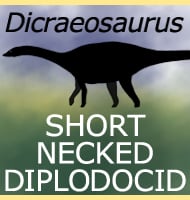Afrovenator
In Depth Afrovenator is one of the most complete theropod dinosaurs so far discovered in Africa, the harsh environmental conditions of which can quickly erode fossils exposed to the elements. Since this time Afrovenator has had a muddled taxonomic history with it being described as a relative of Spinosaurus, Eustreptospondylus, Dubreuillosaurus, Megalosaurus and even Allosaurus. … Read more

